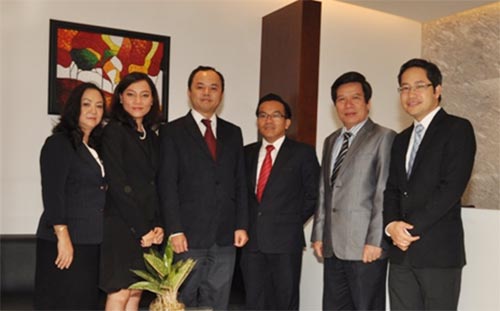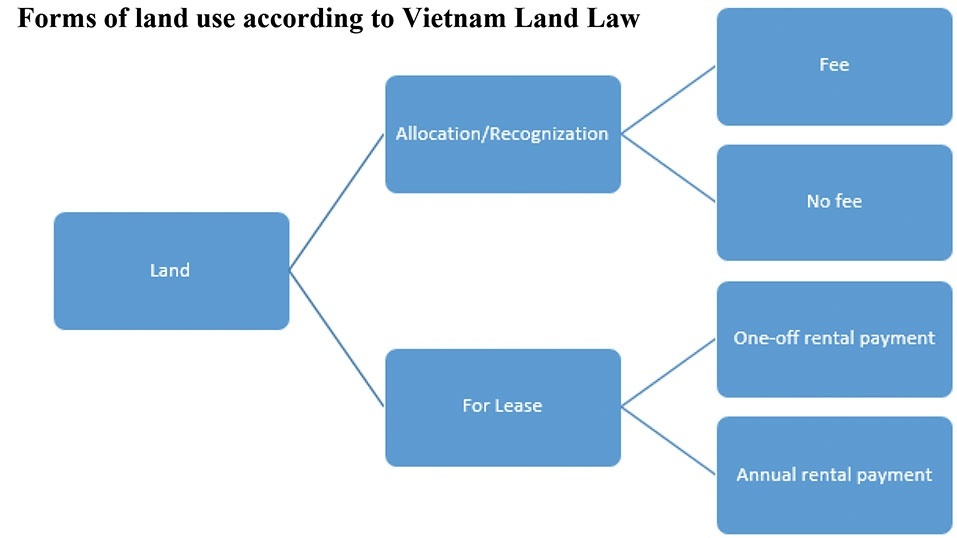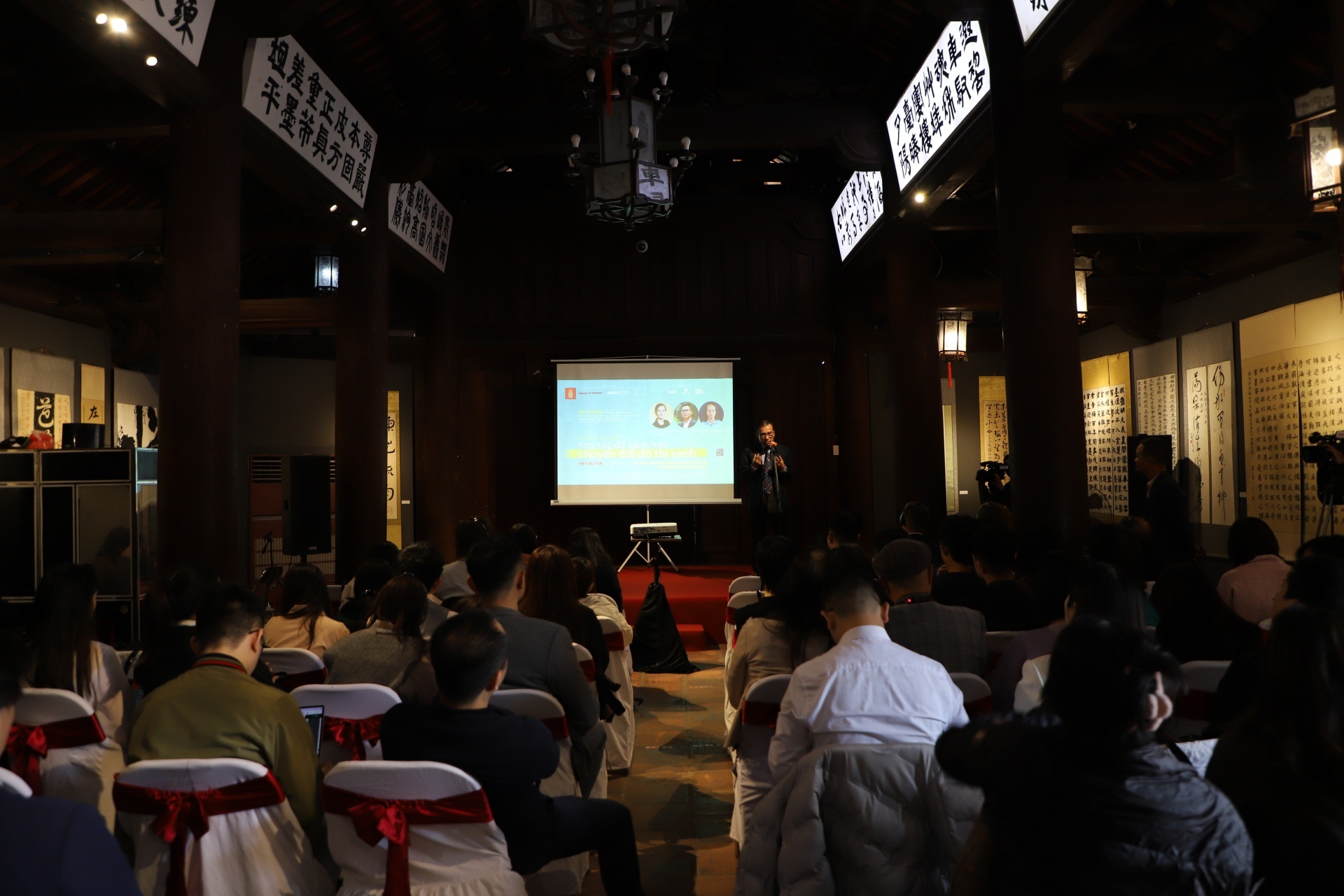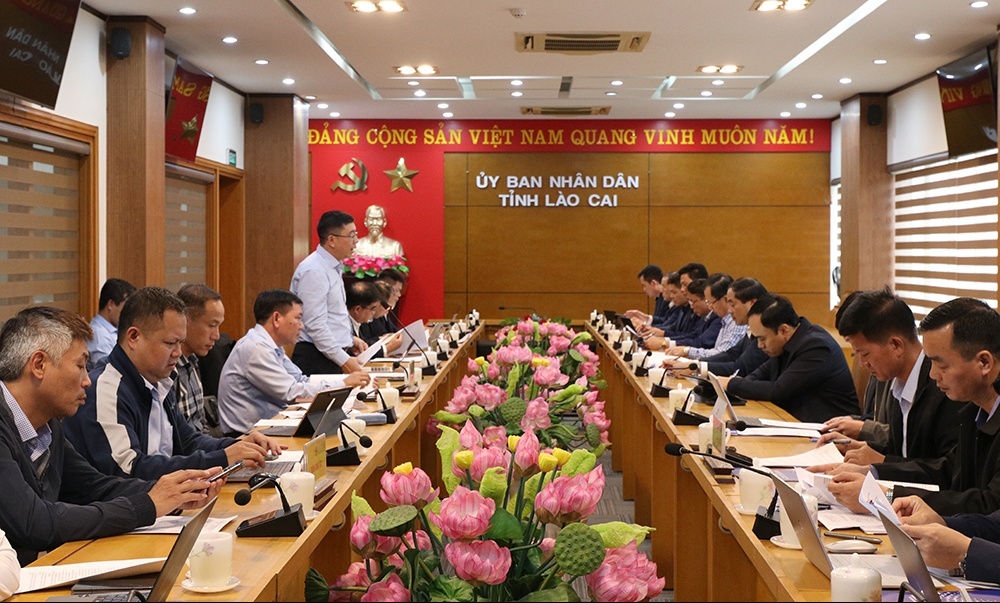The law on price

LNT & Partners
The law will take effect from 01/01/2013 and repeal Ordinance No. 40/2002/PL-UBTVQH10 dated 26/4/2002 of the National Assembly Standing Committee (the "Ordinance"), which is conceived as outdated and containing certain provisions contravening the WTO’s regulation. This article describes the main features of the law and provides some insight into its potential impacts on the Vietnamese economy.
1. The purpose of the LOP
In the past when Vietnam was operating as a centrally-planned economy, the State controlled prices and outputs of enterprises and collectives by direct administrative orders. This price control mechanism has been gradually abolished since 1986 upon the introduction of the Renovation (“Doi moi”) policy, which set forth principles for the socialist-oriented market economy in Vietnam. However, at the beginning of the renovation process, the State was still indirectly regulating market prices by controlling the price of goods and services of the state-owned enterprises (SOEs). Later, as the privately owned enterprises become more significant in terms of quantity and contribution to the national economy there was the need to enact a legal framework for the State’s regulation of the market price. As a result, the Ordinance was passed in response to such demand.
However, during 10 years of its enforcement, the Ordinance was unable to provide an efficient legal mechanism that would control the price of commodities and essential goods in the markets as its intended purpose. Consequently, due to a lack of competition in the markets, particularly with those dominated by the SOEs such as gasoline, telecommunication and civil aviation, consumers have to suffer allegedly unreasonable prices set by the market players. As such, while the intended purpose is to meet the requirements of innovation management practices, in line with the price mechanism of the market economy and encourage price competition, whilst ensuring the role of prices in the economic market mechanism, the LOP has established a means for state intervention that will stabilize prices of certain goods and services.
2. Remarkable features of the LOP
The law has abolished some previous contents of the Ordinance that have been adjusted in the specialized legislation, such as regulations on anti-dumping and monopoly control. These are also specified in the Ordinance on Anti-dumping of imported products in to Vietnam and Law on Competition. In addition, the LOP removed price stabilization measures which are impractical and contravening the WTO’s requirement, such as subsidiary for agricultural products.
The LOP also inserts important principles in the management of the State in Article 5, under which the State will manage the market price mechanism (Item 1) and regulate prices under the LOP, to review the implementation of price stabilization (Item 2). Such regulations have significantly limited the scope and manner of state intervention in pricing decisions of the business. Particularly, the State will only be permitted measures to stabilize prices for the goods as stipulated in Article 15.2 and determine prices for goods and services as specified in Article 19.3. Accordingly, goods and services subject to price stabilization are those essential to production and human lives that are prescribed in two criteria; namely (a) raw materials, fuel, materials and services for production and circulation; and (b) goods and services that meet the basic needs of human sustenance.
Meanwhile, the State will determine the price or set a price limit for (a) goods and services under a state monopoly in sectors of production and business; (b) important natural resources; and (c) national reserve, products, services and public service industry using the state budget. These goods specified in Article 19 of the law include land lease, electricity supply and communication services. In the case that items must be added or to stabilize prices, the Government must submit to the National Assembly Standing Committee for approval.
According to Article 16, the State may only carry out the price stabilization measure when (a) the price of goods and services on the list specified in Article 15.2 of the law show abnormal fluctuations; or (b) the modified price level affects economic and social stability. Although clarification is required to establish which circumstances constitutes as affecting the economic and social stability, the provision creates an essential framework for limiting the scope of the state management of pricing, based on which consumers and businesses can capture and predict the adjustment measures of the State when prices fluctuate in the market. In addition, the LOP stipulates relatively specific methods to stabilize prices (Article 17) as well as the principles and basis for price valuation (Articles 21 and 22).
3. Does the LOP truly meet the market demand?
While the provisions of the Ordinance could hardly play the role of the price controller, the efficiencies as well as necessity of the LOP remain a valid question. From an economic perspective, the abolition of the Price Ordinance is necessary, however replacing it by the LOP seem to go against basic principles of market economy which is operating under the laws of supply and demand where businesses are the price takers. To ensure that the markets function efficiently and stable, the State can utilize a variety of instruments such as the macro fiscal policy, monetary and removal of natural barriers, technical barriers for businesses to enter and exit from the market as opposed to the direct intervention of price determination of businesses through administrative measures, such as providing the specific price, maximum and minimum price or price brackets for the goods and services not under State monopoly.
If these measures are not executed under strict control, this will lead to state pricing decisions for the business as the centrally-planned economy. Furthermore, if the state controls only the output price of particular items and does not guarantee the price of inputs (such as materials, fuel, forwarding, etc.) then businesses will face the risk of losses as production costs are not covered by the stated price.
Meanwhile, if the State implements other measures to encourage healthy competition such as removing barriers, reducing transaction costs for businesses, then these would be a more efficient form of management in terms of price. Since the enterprises will be permitted to compete for profits and establish prices that most consumers will accept to maintain and expand markets. This has been proven when the government implemented an open door policy for the importation of motorcycles, the telecommunication services, etc. Consumers benefit directly from cost of goods and services dropped quickly due to fierce competition between manufacturers and suppliers. Similarly, in the field of pharmaceuticals, if the foreign investors are granted the right to import and distribute drugs directly to Vietnam markets, drug prices can be much lower by reduction of transactional cost. Thus, by removing the technical barriers, the State has created conditions for the free market economy adjusting its defects.
It can be seen that the issuance of the LOP partially meets the expectations of consumers in the establishment of management mechanisms, regulate prices of some essential commodities in daily life and production; the law enforcement needs to be performed carefully and selectively to avoid the abuse of state administrative measures to intervene directly in business activities of enterprises.
What the stars mean:
★ Poor ★ ★ Promising ★★★ Good ★★★★ Very good ★★★★★ Exceptional
Latest News
More News
- The wider benefits of digital signatures in e-transactions (April 18, 2022 | 11:31)
- Interpreting new real estate statutes (August 23, 2021 | 09:20)
- Mitigating procedural delays in pharmaceutical market (July 12, 2021 | 13:00)
- Pros of sandbox regulation for fintech (July 09, 2019 | 13:36)
- Wind power barriers need removing (April 02, 2019 | 09:55)
- Advice for foreign home ownership (November 16, 2015 | 08:37)
- Revised legal framework benefits foreign investors (October 26, 2015 | 07:36)
- Important documents regulating bank guarantee (September 19, 2015 | 11:11)
- Law Changes Open up Opportunities in Property Sector But Questions Remain (September 04, 2015 | 11:27)
- Decree eases constraints (July 27, 2015 | 08:48)

















 Mobile Version
Mobile Version